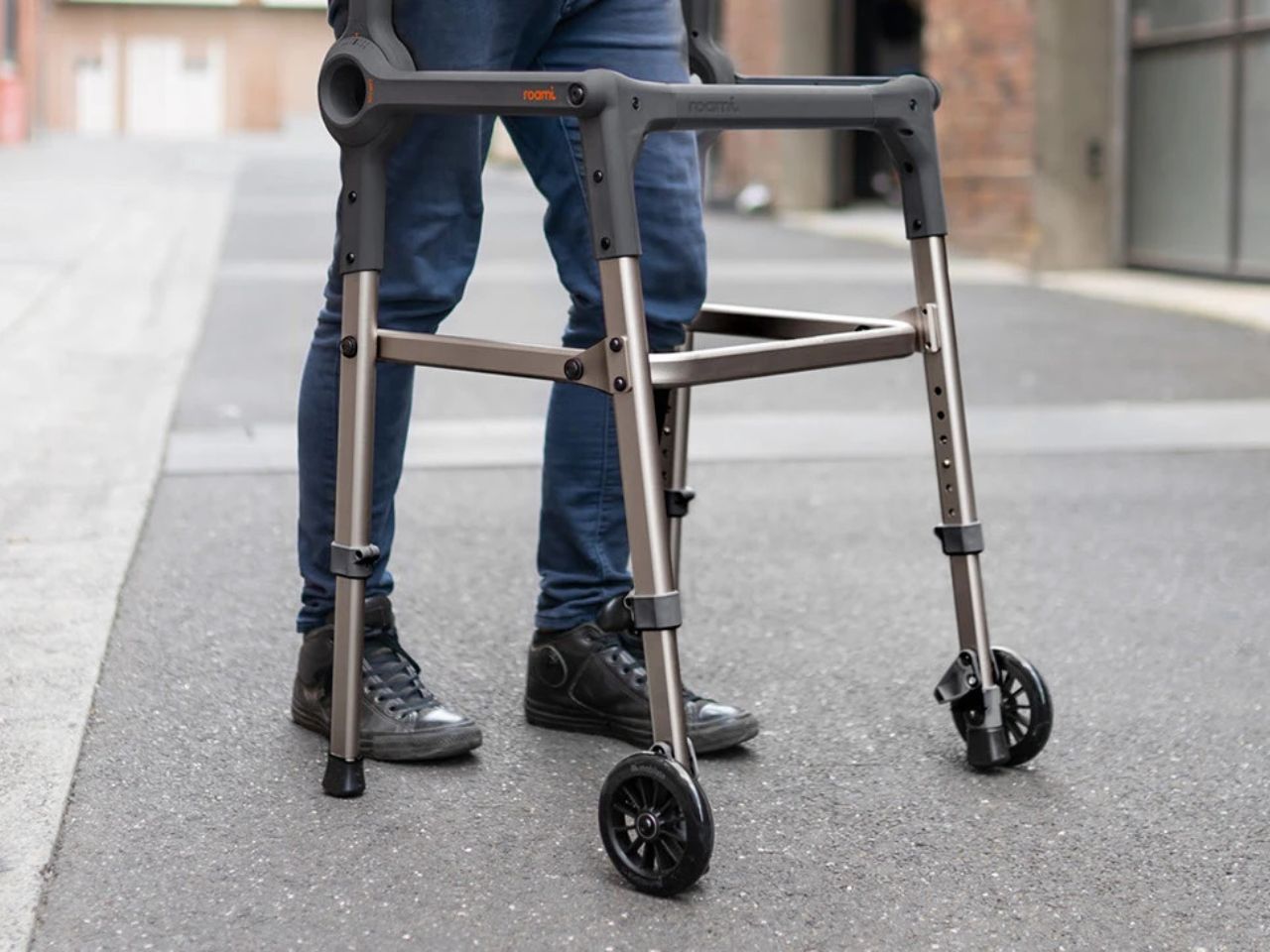For decades, walking frames have been a case study in stagnation. They’ve remained almost unchanged since their invention, functional, yes, but limited in how they adapt to real-world conditions. Traditional frames can be awkward to maneuver on slopes, unstable on rough terrain, and visually uninspiring. More importantly, they often carry a stigma, subtly signaling frailty rather than empowerment. US-based startup Mobilate saw this as a glaring opportunity. They envisioned a mobility aid that wouldn’t just serve as a walking assistant, but as a statement of independence, confidence, and modern design. To bring this vision to life, they partnered with design innovators Katapult.
The project began with a crude but promising test rig from Mobilate. It demonstrated the core idea’s potential, but also revealed a steep challenge: translating a mechanically complex concept into a device that was intuitive, failsafe, and cost-effective. From day one, the Katapult team knew this wasn’t just about engineering; it was about rethinking the user experience from the ground up. The goal was clear: a walker that could adjust to inclines and declines seamlessly, be feather-light yet incredibly stable under load, and maintain a price point that would make it accessible. And it had to look undeniably good, stripping away the outdated aesthetic associated with mobility aids.
Designer: Katapult Design
Over the next 18 months, Katapult worked in close collaboration with engineering partner Kismet and a select group of manufacturing suppliers. The process was global and iterative, moving through concept sketches, advanced CAD modeling, physical prototypes, and countless rounds of pre-production testing. Each phase was informed by user needs and real-world scenarios. The result was Roami, a mobility device that feels less like a medical tool and more like a piece of high-performance gear.
Roami’s standout features include the patented Cam Lock hub-less clutch mechanism, which allows for precise adjustment and secure stability; a safety lock system to prevent accidental actuation; rapid-deploy wheels that adapt to changing conditions; and a fully collapsible frame for effortless storage and travel. These are not incremental upgrades; they’re the kind of functional leaps that redefine what’s possible in the category.
But functionality was only half the mission. Katapult and Mobilate invested heavily in branding and aesthetics, recognizing that users deserve products they’re proud to be seen with. Every detail, down to colorways, surface finishes, and accessory integration, was considered to project confidence and style. The product range was split into two sub-brands: Roami, designed for the traditional mobility-aid user, and Warrior, which carried a sportier aesthetic targeting younger audiences, including injured athletes and returned veterans.
To make the product as user-friendly as possible, Katapult also crafted clear, visually engaging product graphics and instructional literature. From unboxing to daily use, every interaction was designed to feel intuitive, almost second nature.
The post This User-friendly Walking Aid can seamlessly adjust between flat land, stairs, and slopes first appeared on Yanko Design.

